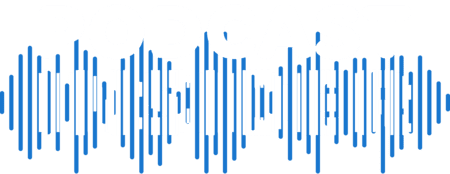 When radio stations consider creating a podcasting strategy, they typically think in terms of leveraging existing radio talent, resources and content to create podcasts.
When radio stations consider creating a podcasting strategy, they typically think in terms of leveraging existing radio talent, resources and content to create podcasts.
But why not try the reverse: leveraging existing podcasts to give struggling radio networks a booster shot – or simply add more great content to your current lineup?
As of April 2018, there are over 200,000 active podcasts and 500,000+ shows total. If you look at the sports category alone, there are thousands of shows and many are dedicated to content that would appeal to a local audience. With that much content being consistently created, there are a number of ways a radio station can leverage existing podcasts.
One would be to sign existing content creators into your distribution channel via content syndication. Radio has already mastered the art of programming syndication for broadcast, so it just makes sense to apply that model to podcasts.
By signing on existing podcast content, program managers can complement their current programming or fill gaps in the current lineup. This could be done creatively by re-packaging content to fit the traditional radio model, or slipping short segments of the content into locally-hosted and produced shows. Podcast creators would benefit both from the additional exposure to their show (offering opportunities to plug their show’s site or even working out a trade agreement to offer them ad spots to promote their podcast) as well as the opportunity to earn more money from their current sponsors by slipping sponsored spots into the body of the show.
While not all content would easily transition to on air-talent podcast content, by following this approach radio stations would be able to fill remnant airtime with content they could sell against with their own sales team. Better yet, podcasters often negotiate their own ad deals and could structure ads so that the radio portion is paid at the radio station’s normal rates for a time slot that they are given.
The world is changing, and in order for radio to stay competitive, it needs to move as fast as the rapidly-changing landscape. Just as radio networks are a natural pipeline for great podcast content, the same can work in reverse. Podcasts are rich soil, ready to be mined for content that with can be radio-ready with minimal production time and cost.
Are you a radio executive or building a content network? Blubrry will be at the NAB Show, ready to discuss your podcast strategy. Contact us if you’d like to schedule a meeting to get proactive and learn how to leverage the massive content pipeline that podcasting has to offer.
Photo by NeONBRAND on Unsplash





